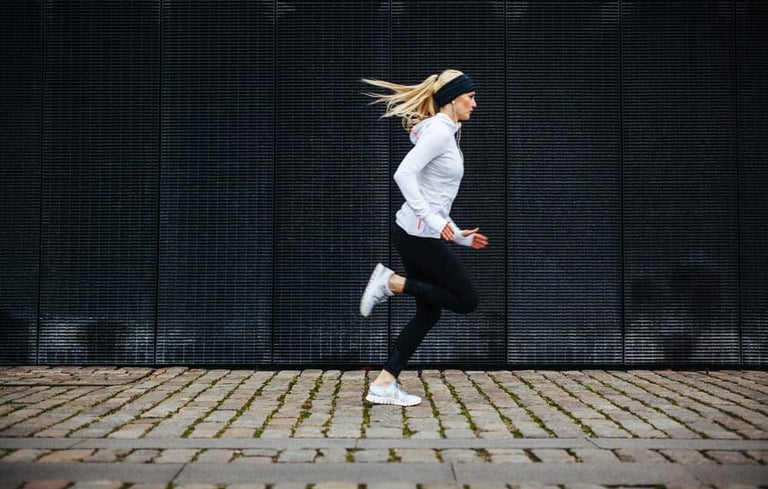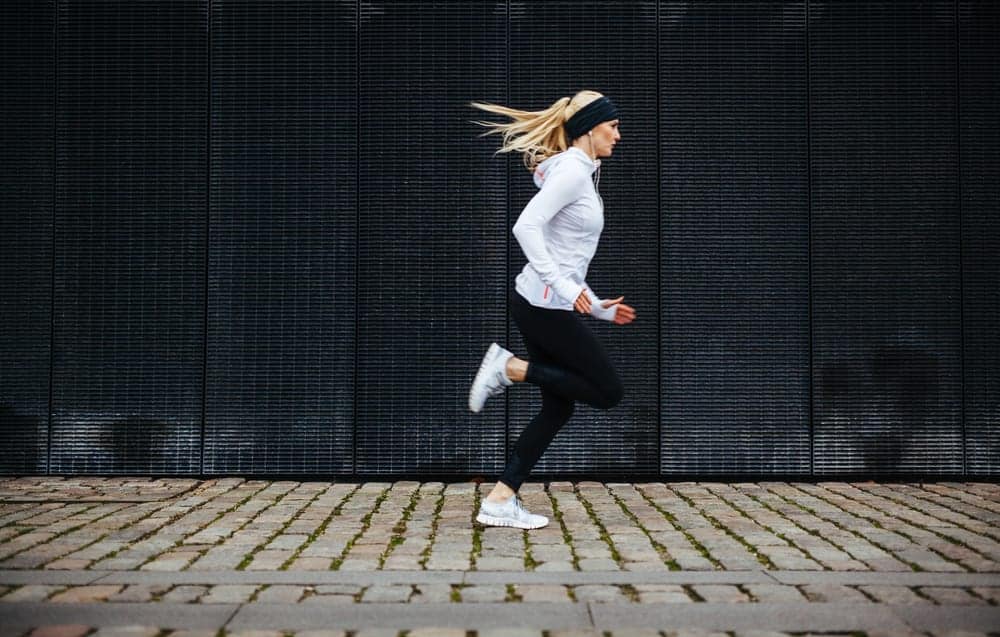Although – when you’re panting through those last few miles on aching feet – it might not feel like it, your body is quite literally designed to run. In fact, some experts have gone so far as to say that humans are the best distance runners on the planet. This is the result of hundreds of different – but connected – features of your body that you likely don’t even notice. Your remarkably efficient cooling system, your oddly shaped toes and your springy joints all add up to make you an incredible running machine.
And yet – somewhere along the line – most people have lost the knack, with thousands of runners suffering injury due to improper form each year. According to many experts, a combination of modern footwear and a sedentary lifestyle have left humanity nearly incapable of doing something that should come naturally to us. The trick, then, is to retrain your body to run with the form it’s meant to use. Here are just a few tips to get you started.
Lift your head up. It’s pretty tempting, but stop looking at your feet when you run. You might not even realize that you’re doing it. Chances are pretty strong, however, that you are. This seemingly small change does not allow your neck to properly adjust to the force of impact that your spine deals with each time you land and can create tightness in your back and shoulders. Of course, it’s okay to look down occasionally. Just try to keep your head up most of the time. There’s also a powerful psychological benefit to looking forward. When your energy starts to wane, select small goals ahead of you – first pass that stop sign, then that mailbox, then that lamppost – to keep you motivated.
Keep your toes in line with your knees. There is an on-going debate in the running world regarding proper foot strike – whether your toes or midfoot should hit the ground first. The truth is that there is very little research to show that either way is better than the either at preventing injuries in everyone. The research suggests that the ideal strike for you depends on a ton of different features that are unique to your build and musculature. One thing that experts can agree on, though, is that your foot – regardless of how they land – should never go past your knees. The idea is that your feet should always land directly underneath your knees, allowing your knees to absorb part of the impact forces.
Tighten your core. Keep your core – the group of muscles all around your stomach and lower back – tight during your run. Not only will this help to stabilize you and work those oh-so-coveted abs, it will also support proper posture. Your back should be absolutely straight, with a natural curve in your lower spine. Again, this allows the force of impact to be properly distributed throughout your body rather than putting unnatural stress on any one joint. Correct posture and a strong core will also prevent your hips from drifting too far forward – a habit that can cause pain in the hips and lower back.
Obviously, though, there’s a lot more to running than just these three things. To learn more – about fitness in general – browse some of our other health and fitness articles.



